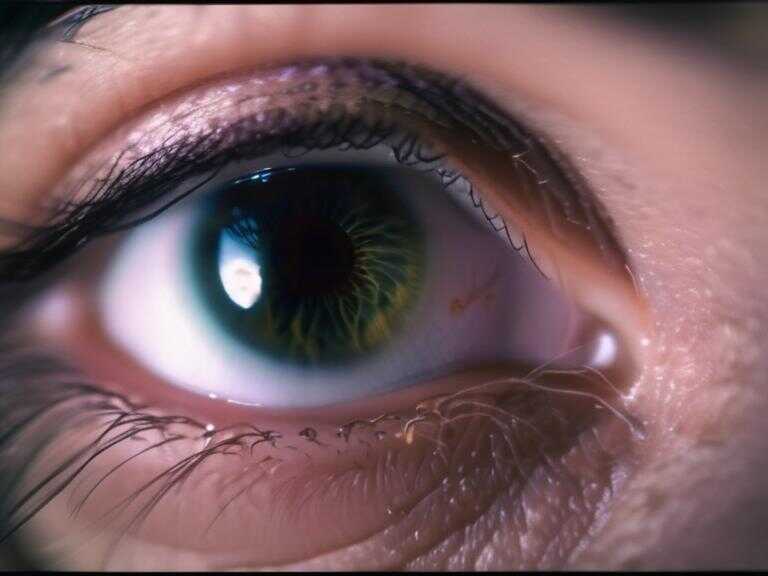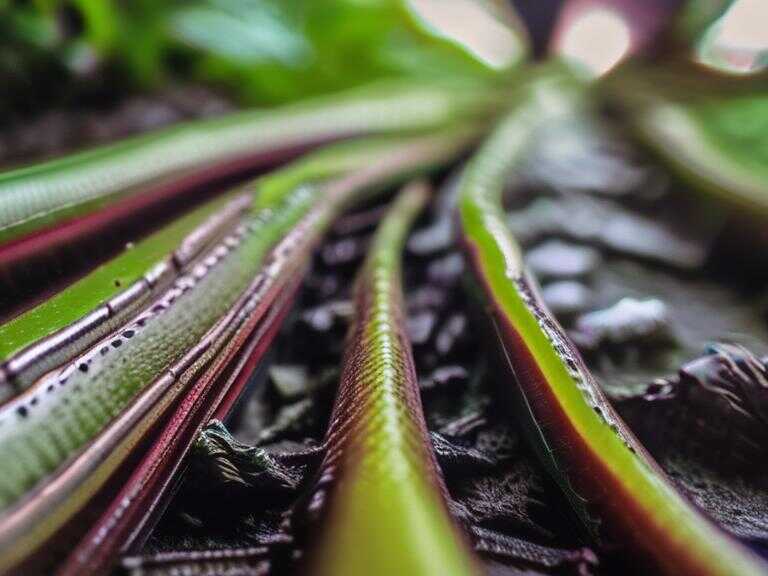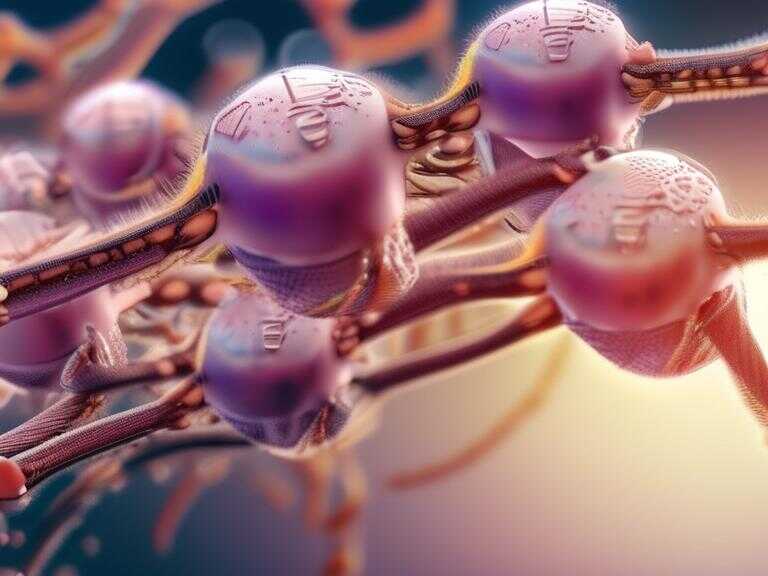
Skin Yeast Offers Hope, But Staph Fights Back Against Fatty Acid Attack
A fatty acid byproduct from Malassezia yeast can inhibit staph growth, but bacteria quickly developed resistance in lab experiments.

The battle against infectious diseases is a constant race against time, as pathogens continually evolve and develop resistance to our best defenses. A recent study sheds light on this microbial drama playing out on our skin, highlighting the challenges and potential solutions in the fight against antibiotic-resistant bacteria.
A Natural Defense System Under Threat
Staphylococcus aureus (staph), a common bacterium found in one in three people's noses, poses a serious threat when it enters wounds or the bloodstream. While often harmless, certain strains have evolved to become resistant to antibiotics, making infections particularly dangerous in hospital settings. This evolution of antibiotic resistance is a pressing global concern, demanding innovative solutions.
Seeking New Allies
Researchers explored the potential of Malassezia, a type of yeast that naturally resides on our skin, to combat staph infections. Malassezia feeds on the oils produced by our skin, releasing fatty acids as a byproduct. These fatty acids were found to inhibit the spread and survival of staph bacteria in laboratory experiments.
The fatty acids appear to disrupt the outer layer of staph bacteria, leading to leakage and ultimately hindering its ability to proliferate. This discovery presented a promising avenue for developing new treatments that harness the power of natural microbial interactions.
However, like many pathogens facing antimicrobial threats, staph exhibited remarkable adaptability. Within just 12 experimental runs, the bacteria developed tolerance to the fatty acids. Further analysis revealed the genetic changes responsible for this resistance, showcasing the rapid pace of resistant evolution in microorganisms.
Share news















